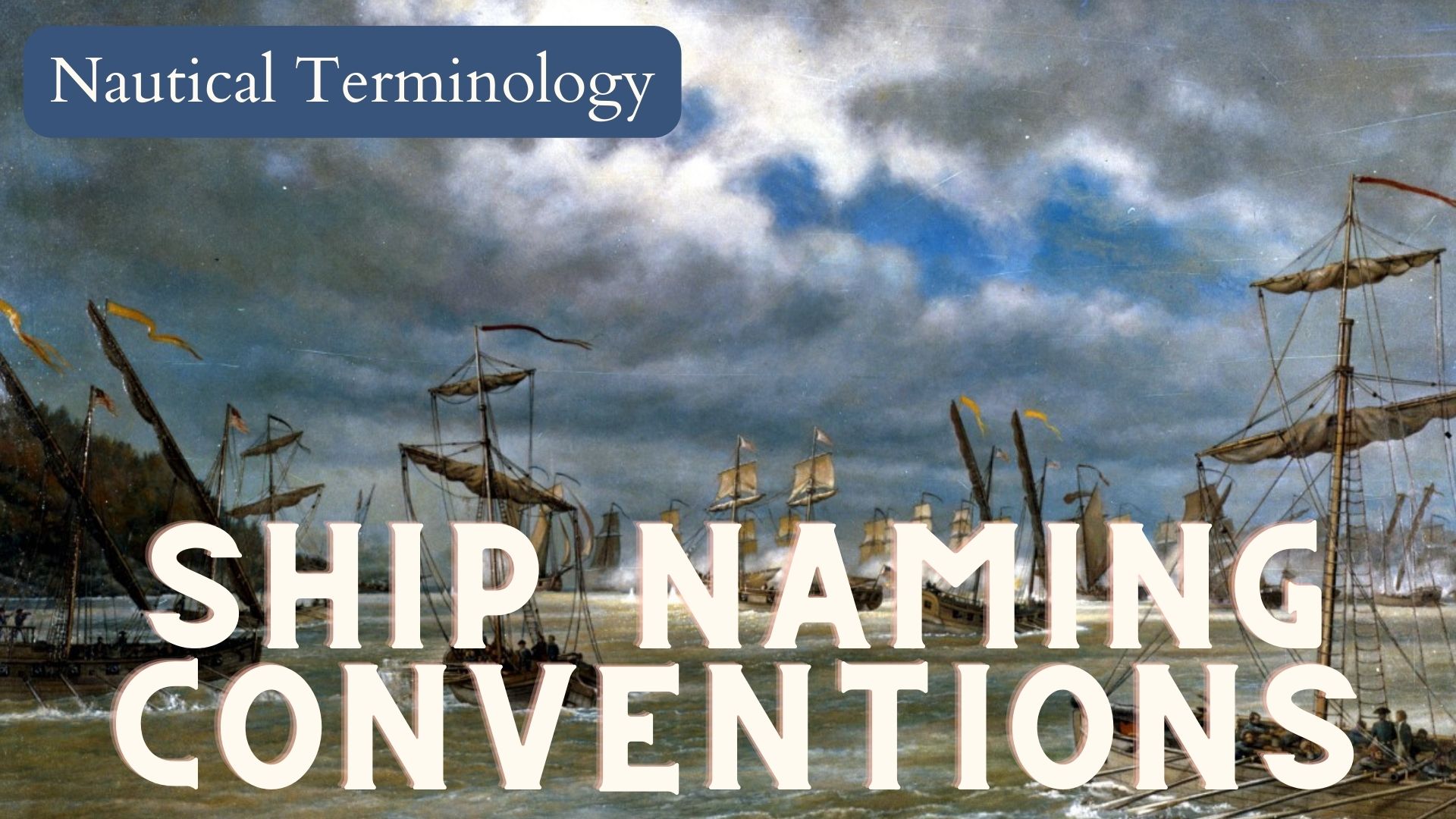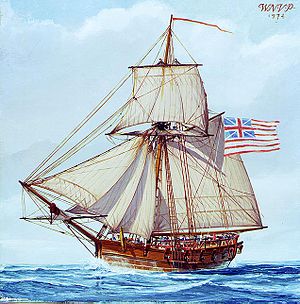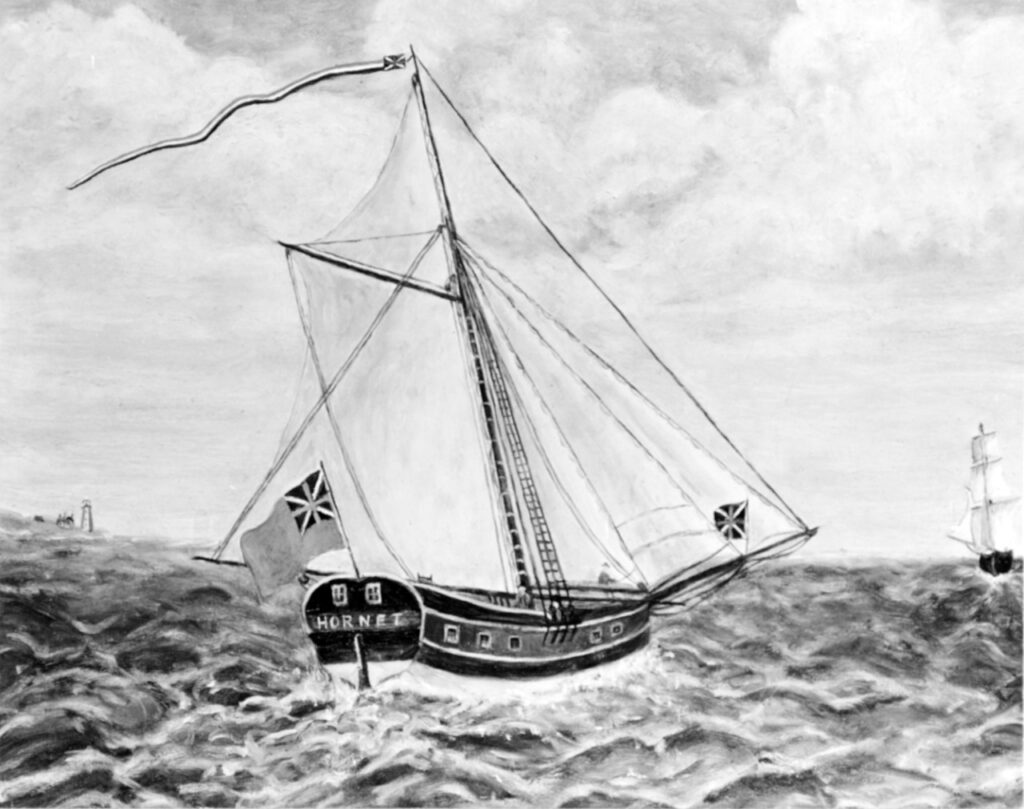
11 Jul Ship Names of the Continental Navy
In this weeks #TallShipTuesday we learned all about the naming conventions of Naval Vessels since the 18th century. Rules, regulations, and customs changed significantly since the founding of our nation. Ship names of the Continental Navy were especially interesting.
These ships were named based on tradition and honor. Many had names that honored places in their new country. Some honored their roots in England. Several ships took on titles that reflected American allies at the time, and others that reflected the ideals and institutions of America. Many even honored influential people in the revolution. The ship names of the Continental Navy were as varied and unique as the people that made up its ranks.

Providence
Providence was built in the 1760s initially to be a merchant vessel. She was purchased by the Continental Navy in October, 1775 after serving as a part of the Rhode Island Navy. It was then Providence was given her name in honor of her hometown. In the Continental Navy, Providence served under the command of several influential captains such as Abraham Whipple, John Hazard, John Paul Jones, and many more. Her fate lies at the bottom of the Penobscot Bay, Maine. Her crew burned her to the waterline to avoid being taken by the British.
Alfred
Alfred was acquired by the Continental Navy on Nov 4, 1775. There, she was re-named from Black Prince to Alfred. The name comes from Alfred the Great, King of Wessex, and therefore honors the country’s roots in England. Alfred was commissioned as a warship on December 3, 1775, and she sailed until March 9, 1778. During this time she played a major role in the battle of Nassau, a mission to collect gunpowder to aid in supplies for American Troops, and several other major battles at sea. She ultimately was captured by the British and sailed as HMS Alfred for the remainder of the war.
Bonhomme Richard
Bonhomme Richard was built by the French, initially as a merchant vessel. The Americans purchased her from King Lous XVI, and given to Captain John Paul Jones on February 4, 1779. She was named in honor of her French roots, but ultimately sunk in Sept, 1779. As she was sinking and the British commanded for the ship to give quarter, Captain John Paul Jones replied with the famous phrase, “I have not yet begun to fight”.
Independence

Independence was mainly a diplomatic vessel, carrying only ten guns. She was a sloop that also sailed under the command of Captain John Paul Jones. By September of 1776, she was under the command of Captain John Young. She was purchased by the Continental Navy and named for some of our fledgling nation’s ideals. Sadly, she wrecked on a bar as she was entering the Ocracoke inlet in North Carolina in 1778.
Congress II
USS Congress II was named after the original ship was destroyed after a failed mission past British lines in New York. A 28 gun frigate, she was named for the American institution, but like her namesake, she too suffered a similar fate as the original. As she sailed on a mission in the Hudson River, she was surrounded by British ships. Her crew burned Congress II to the waterline to avoid capture.
Hancock
Hancock, one of the first 13 frigates of the Continental navy was named for John Hancock. She was built in Massachusetts and sailed for the continental Navy. In 1777, she was captured in a battle and renamed to HMS Iris. She spent the rest of her time in service of the Royal Crown,

Hornet
Unlike other naming conventions, naming ships after animals or insects was sometimes used as if to imbue the ship with the characteristic of that thing. Hornet was a merchant sloop that was named for a stinging insect. Others that followed this convention were Mosquito and Wasp. Hornet sailed as a part of Esek Hopkin’s Fleet like Providence but it seems that she fell into the hands of the British by the Summer of 1777 off the coast of South Carolina.






Sorry, the comment form is closed at this time.